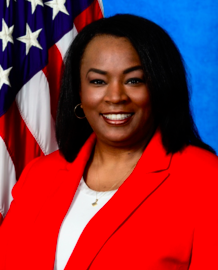We Hold These Truths To Be Self-evident
Did you ever stop to think that Christopher is an anglified name? An Italian explorer would have been named Cristoforo Colombo, in Spanish he would have been called Cristóbal Colón. That’s the funny thing about the truth. Depending on your perspective, it might be different. Not more or less true, just different. Europeans called this side of the Atlantic the “New World”. But in fact, when looking at a timeline of civilization, Europe itself was once the new world.
Vacation Education
As I lay on the beach on the island Columbus named Hispaniola, when his ship sunk, I looked at the people there. The Dominican people look like me, like my son. People spoke Spanish to us there. But the Arawakan, or Lokono, language, the Taino people, what had they been like before the European invasion and enslavement? What would the island be like today if the Taino had been able to keep their resources and flourish as a people? The Yale Genocide Project gave me some answers, but not all. I only knew that I was in the place where European conquest changed changed the trajectory of nations. As I stared out over the ocean Columbus once sailed across, it made me sad.
The Taino Discovered a Shipwrecked Columbus on Their Island
What would the Taino have told of that fateful landing in 1492? Would they be grateful to have been “discovered”? Taino Leader Jorge Estevez provides perspective on a missing side of the story in this National Geographic article. What do we tell our students when teaching about 1492 and the discovery of America? How do we advocate for the integration of truth when the fables we learned as children have become our national narrative? For this and any other historical facts taught from only one perspective, we can ask our students the following:
1. Whose stories are centered?
2. Whose stories are missing?
3. Who is telling the story?
Every author has a perspective and a purpose, and by examining varied perspectives, we can get a fuller picture of the truth. Just as a doctor listens to your lungs and gets and xray to make a diagnosis, all of the pieces are needed to see the whole picture. #TeachTruth
Further reading:
We Hold These Truths To Be Self-evident Read More »



